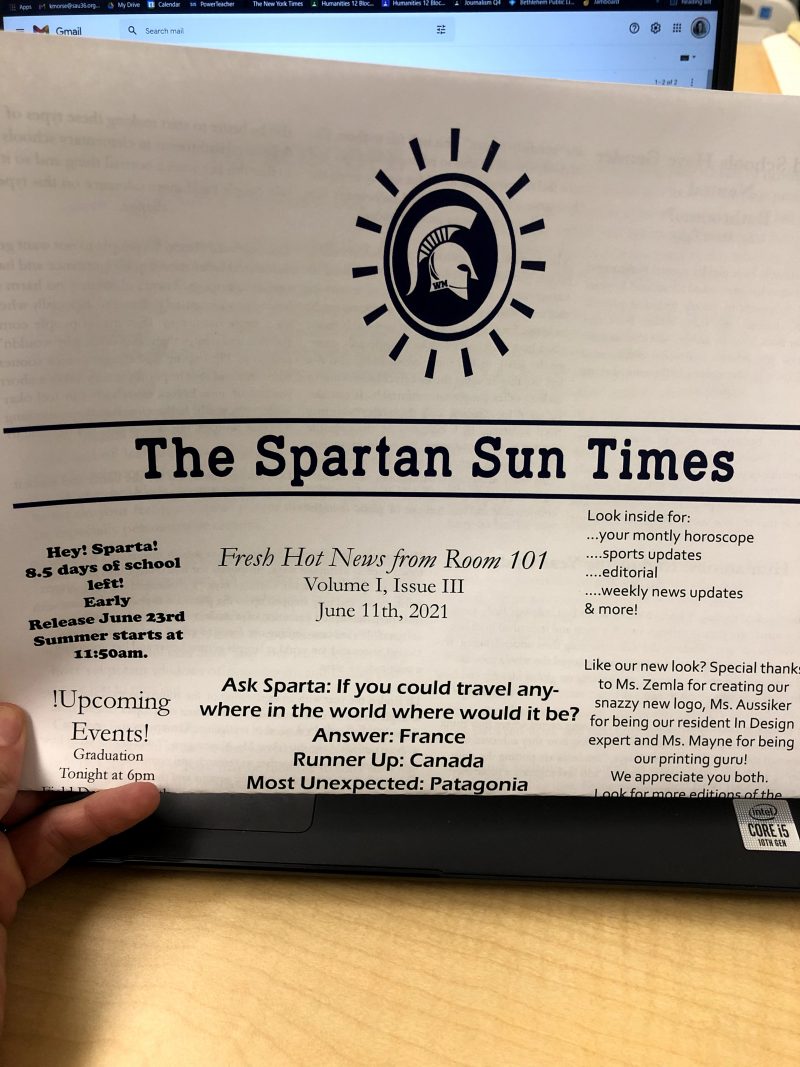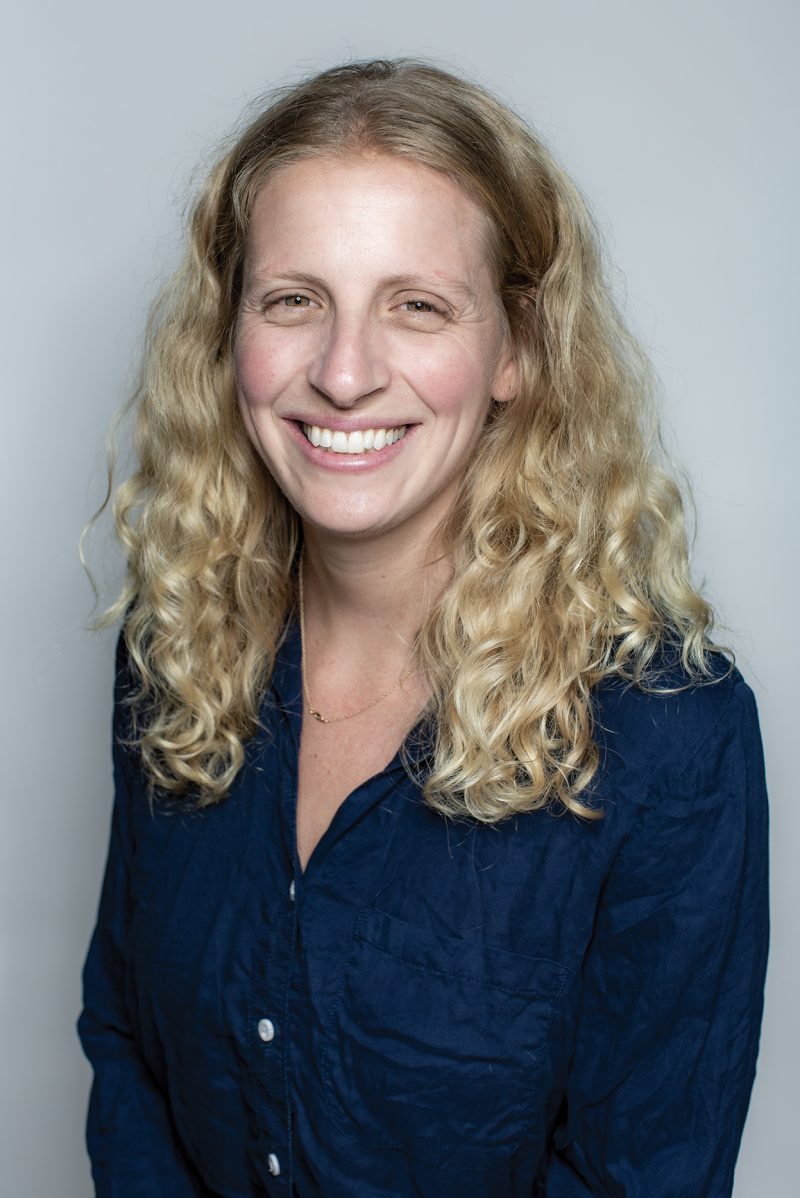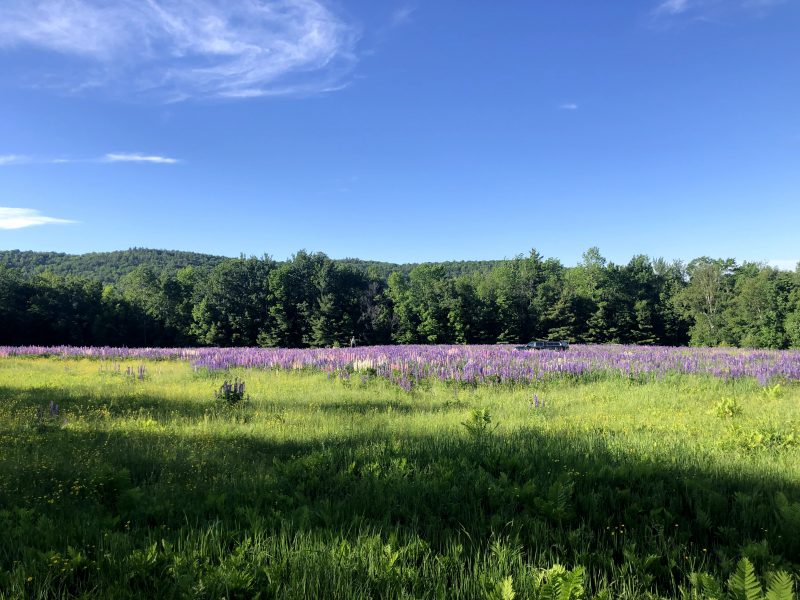By Kelsey Liebenson-Morse
The 2020-2021 school year concluded my seventh year of teaching. In many cultures and religions, seven is an important number. In fact, some say it represents physical and spiritual completeness and even perfection. I can’t say my teaching is complete, or anywhere near perfect, but over the last few years, I’ve acquired three important “truths” for teaching writing. These are by no means definitive rules, but they have worked for me, and I believe, have led me to more successful teaching.
ONE: DON’T BE AFRAID TO TELL THE TRUTH. WRITING IS REALLY, REALLY HARD.
During my first year of graduate school, as a graduate teaching assistant, I was assigned two sections of Composition and Rhetoric. Despite valiant training and preparation efforts on behalf of West Virginia University’s writing program, I had no idea what I was doing. I was newly twenty-five, and the only jobs I’d held prior were in the service industry. I was an excellent babysitter and hostess but I hadn’t the faintest about how to teach writing. I loved reading and could talk about writing in general, loose terms. “It’s just really really good,” I’d gush about the last book I admired. I’d been involved in literary publications in high school and college, and had dabbled in some blog writing, but if asked about how to teach writing, I would’ve stared blankly.
As I muddled my way through that very first semester of teaching, I started to piece together the puzzle of writing. In three hour workshops, I learned how to break apart an essay, line by line. I learned how to differentiate between good/bad writing and more importantly, how to voice my independent thoughts and opinions.
Graduate school gave me confidence, exposure, and a vocabulary for thinking critically about writing.
I painstakingly went through my own writing, hour by hour discovering I was not the genius I had imagined myself to be. In fact, I had a lot of work to do. During my third year, I progressed to the point every GTA dreams of: a section of creative writing. Armed with excerpts from Jarhead, some Susan Orelan and Stephen Milhauser, I felt anxious to talk craft. I was ready to impart my recently acquired wisdom concerning the nitty gritty of writing. I was ready to teach.
My delusions of spirited class discussion and extraordinarily gifted writers were soon challenged as my particular section of rowdy undergraduates were often late, hungover and downright disinterested in the subject matter I was peddling. A I grew teary eyed reading excerpts from Donald Hall’s Life Work, students looked down at their phones, enraptured. A student review haunts me today, “At times, teacher did not have control of the class.”
I emerged from graduate school armed and excited to teach. In saying I was prepared, I’ll say this: I learned firsthand that writing is really, really hard. If you want to write, you need to be willing to work. To this day, with each new class, I remind my students that good writing is correlative to time-the more you work at it, the better you’ll be. In my mind, there is no way around this particular truth.
***
TWO: DON’T SWEAT THE SMALL STUFF, YOU CAN ALWAYS LEARN GRAMMAR LATER
My first teaching job post grad was at a yeshivah in Brooklyn. I was in charge of 116 sixth grade students, many of whom spoke or read three languages: Arabic, Hebrew and English. This particular Sephardic Jewish community values capitalism, and most of my students reported not having many books at home. Few students were college bound, and numbers were even lower for female students continuing to pursue higher education after high school. Emphasis was placed on Judaic studies and many of my students struggled with basic literacy, understandably so as they were balancing seven or eight subjects at the age of 12. I pulled small groups of struggling students out of the classroom as they whined, “I don’t understand anything!” and went through Maniac Magee (retrospectively a challenging text), breaking the book apart into rudimentary sections such as “plot” or “character.” This experience was not particularly enjoyable for any of us involved. We made slow progress if we made progress at all.
Grading essays, I circled spelling errors and added purple and pink question marks. I can’t say my feedback was useful in any sense – either to me or my students. Working at my apartment I would get hung up on the wild interpretations of spelling – how would these kids ever survive school beyond middle school? I didn’t know it at the time, but I was making a critical error.
Instead of allowing my students to enjoy their organic creative energy without being stopped every five seconds for grammatical errors, I effectively halted the development of their creative writing. Early on, a beloved graduate school professor told me something to the effect of, “You have some talent but your grammar is atrocious.” During graduate school, I had the experience of realizing the value of grammar, however, early on, especially with young writers, I think it’s best to look at the whole picture and focus on the joy that inventing a world or a character can bring. Imagination is the important element to stress as opposed to the apostrophe and how to use it properly.
You can play catch up later.
THREE: TEACH TO YOUR STRENGTHS – IT’LL BE BETTER FOR EVERYONE
Throughout my twenties, I chipped away at advancing my professional writing career – freelancing for local newspapers, interning at several magazines, a summer of copyediting for a small marketing firm, and the occasional essay of my own. As I grew as a writer myself, I continuously adjusted what I knew about writing. As I grew, so did my capacity for instruction. I developed my own areas of interest and focus, moving away from fiction and gravitating towards journalism.
In 2019, I accepted a Humanities position as a rural high school in northern New Hampshire. I was lucky enough to be assigned both creative writing and journalism courses. I don’t linger on teaching the poem when I teach creative writing as poetry is not a strength of mine. I gravitate towards reporting and the various forms of nonfiction writing as that is where I have placed my personal energies and curiosities. I believe this specific passion and experience for the subject matter creates a more meaningful classroom experience for everyone.
During my journalism class this spring, a group of seven students and myself revived the school newspaper. With a tiny staff, we were able to produce regular monthly publications, and with each publication, we got better. As I’ve grown as a writer I now have what I didn’t have at twenty-five: street cred. When I hold mock edit meetings with my students I share stories from my harrowing days working on deadline. I remind them – always always double check your recorder during an interview. (Once I interviewed John Irving and ran into the bathroom immediately after, convinced I hadn’t pressed “record.”) As we’re producing the paper, I do my best to encourage students to see themselves as working writers with true journalistic integrity.

In the upcoming school year I’ll teach two sections of creative writing and a section of journalism. I feel blessed to inhabit a literary world in a professional capacity. My journey teaching writing continues as I evolve and grow as an educator and a writer, too. As Isabel Allende says, “Show up, show up, show up, and after a while the muse shows up, too.”
Kelsey Liebenson-Morse is a contributor at Literary Traveler, who started as an intern in 2012. Kelsey completed her MFA at West Virginia University in 2017. Currently, she teaches Humanities in northern NH. She enjoys spending time outdoors running, biking and hiking with her dog and fiance.












